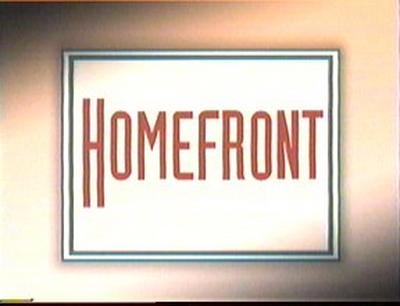This website has been archived from TrainWeb.org/riverrun to TrainWeb.US/riverrun.
|
HOME
|
"Route of The Bricks"
To those familiar with the Nickel Plate and Wheeling & Lake Erie, the River Run will become a welcome friend. The River Run began existance in 1882 as a project creating a connection between the Nickel Plate Road and "The Iron Cross" better known as the Wheeling & Lake Railway at Solon Ohio. Incorporated as the Lake Erie Canton & Southern in 1885, the short little line soon became known to locals as the River Run Railroad. 1890 saw the line double tracked between Solon and Run Junction, and a small locomotive shop was erected there in 1910. In 1912, the Ohio & Chester Creek railroad running from Run Junction to Avon was purchased by the River Run expanding the shortlines trackage to the Ford Motor truck plant at Avon Ohio. In a court ruling, the Grand Trunk Western was granted one third ownership in the River Run pursuant to Nickel Plate assuming half ownership of the Detroit & Toledo Shore Line with the merger of the Lake Erie & Western. Some time later, in 1949 as a condition of the ninety nine year lease of the Wheeling & Lake Erie by the Nickel Plate, the Wheelings part ownership of the River Run was made available to GTW, giving GTW a 33% ownership. The River Run dieselized early aquireing Alco RS-1s in 1952 and all steam power was sold. Alco RS-3s were purchased in 1955, and RS-11s in 1957. The last new power bought new by the River Run before the NKP/Wabash/N&W merger in 1964 were 10 Alco Century 420s. River Run also had a fleet of GTW style cabooses. The October 1964 merger of the Nickel Plate and the Wabash into the Norfolk & Western Railway created a much larger version of the River Run as FRA granted ownership of the former NKP/WLE Zanesville line to the newly created River Run, Coshocton, & Southern Railroad as a condition of Norfolk & Western getting the Pennsyvania Railroad's Sandusky Line to Columbus Ohio. In 1965 all equipment was re-lettered River Run in a new scheme of light blue and gray with white lettering. The Canton to Mingo Junction line was spun off the same year to become the Mingo Route, owned by southern Ohio and West Virginia steel companies and the newly created railroads worked together with a friendly but competitive equality. Also in 1965, the Jamestown Franklin & Clearfield line was purchased from New York Central from Carson Ohio to Oil City Pennsylvania, in a joint effort with the states of Ohio and Pennsylvania to keep the line open. Trackage from Carson to Dorset had been abandoned in 1962 and by the early summer of 1966 the line was revitalized. Trackage rights were granted in 1965 from Chagrin Falls Ohio over the Erie Lackawanna to Latimer Ohio to enable run through and exchange with the main system. The first Wide Cab diesels in the US appeared in the mid 1970s on the River Run with the purchase of GMD GP38-2WR, and MLW M420WR locomotives by parent GTW/CN. These were also the first diesels painted in a familiar NKP style scheme in 1978. In 1981, the River Run purchased controlling interest from Canadian National and merged with the Mingo Route. In 1988 River Run also purchased several former Conrail/PC/PRR lines expanding from a short line to a major regional with trackage from two Lake Erie Ports to Wheeling West Virginia, and a line West to Fort Wayne Indiana.
In actuality, I got the name River Run from a television show called Homefront that was aired in the early 1990s about a town in Ohio called River Run and it was about life after WWII and the way of life in post war rural america. River Run was supposed to be in the area of Mentor and Willoughby Ohio
|
| Copyright © 2009, River Run Road, All Rights Reserved. | |
















